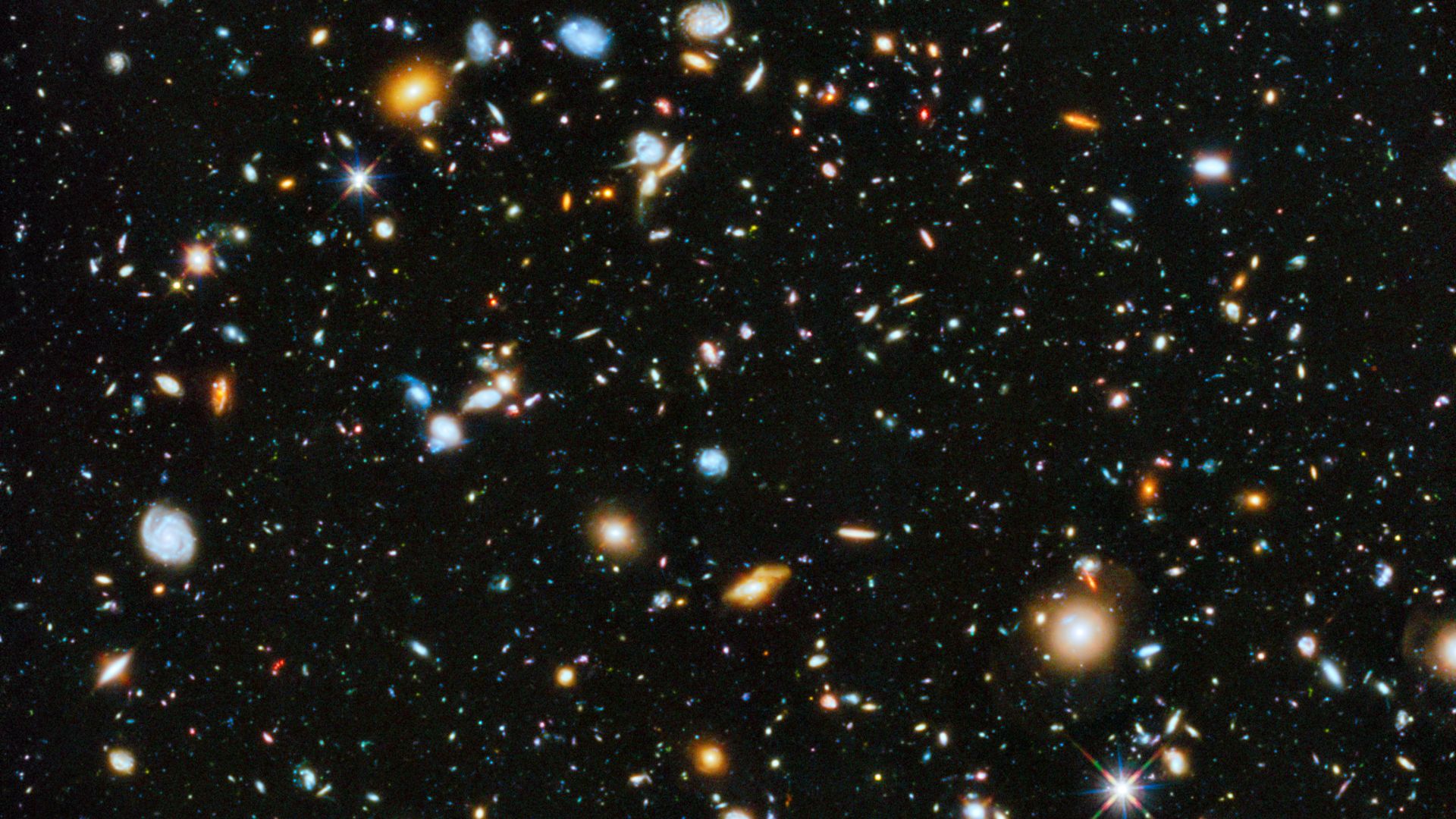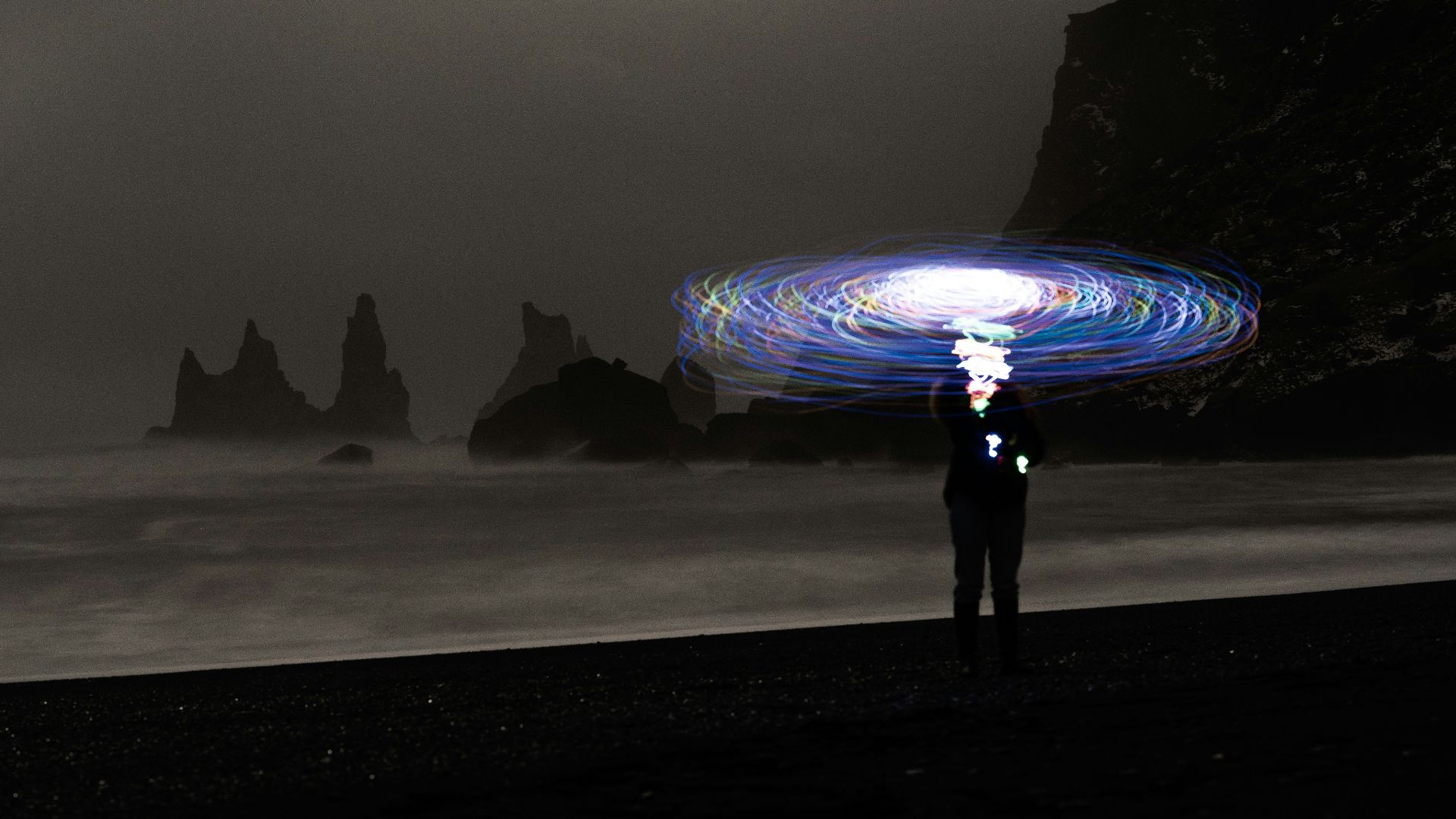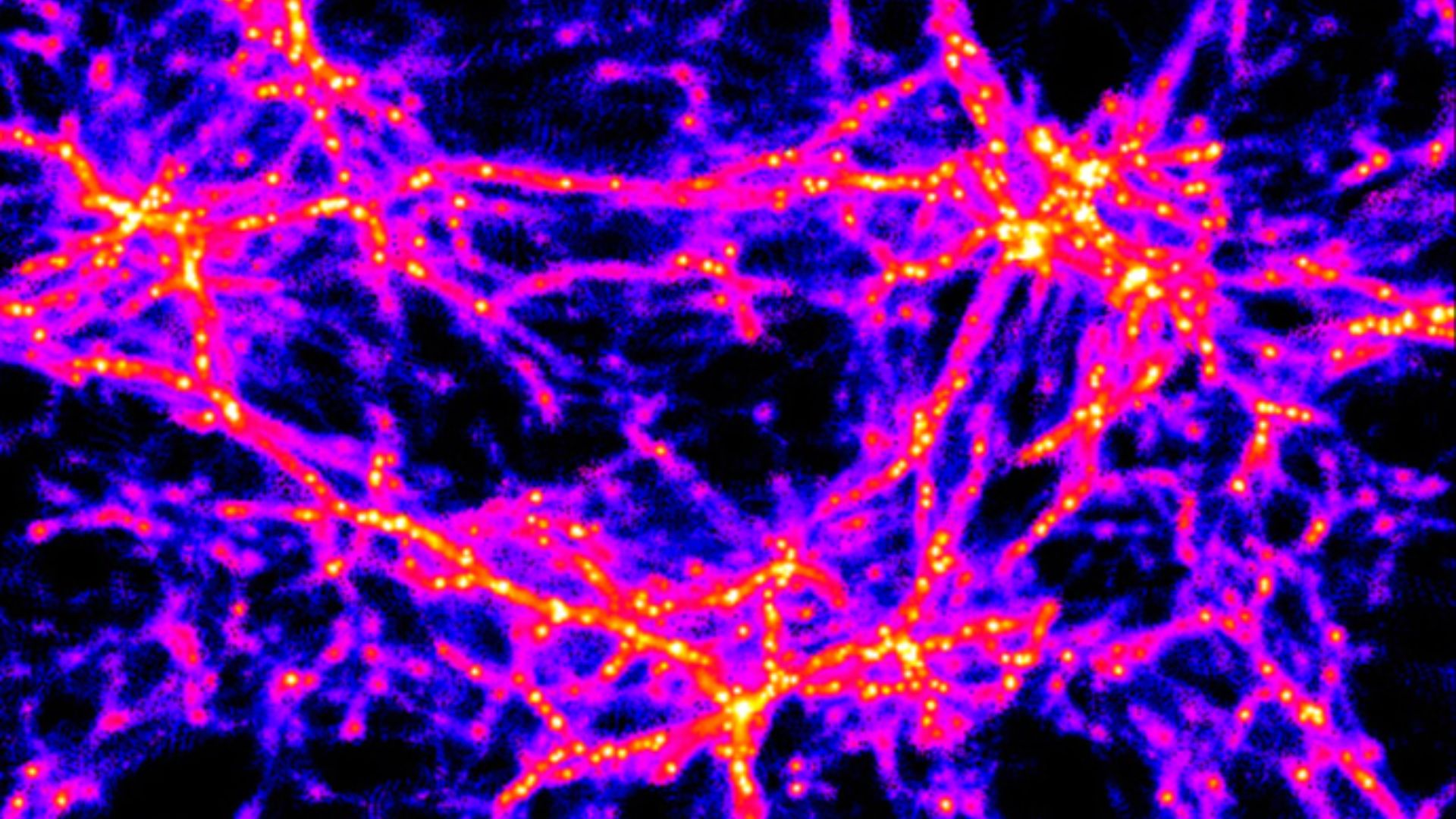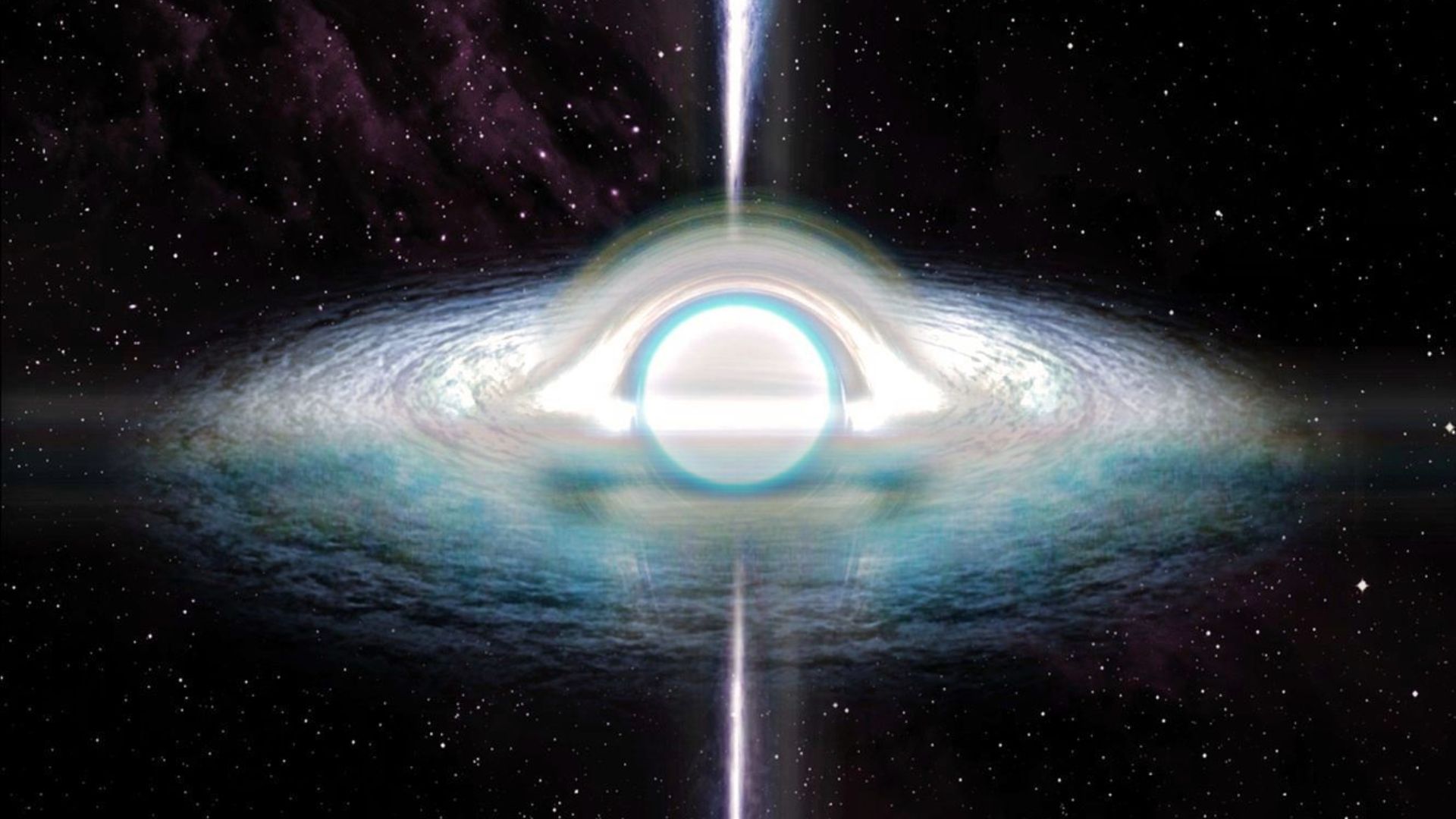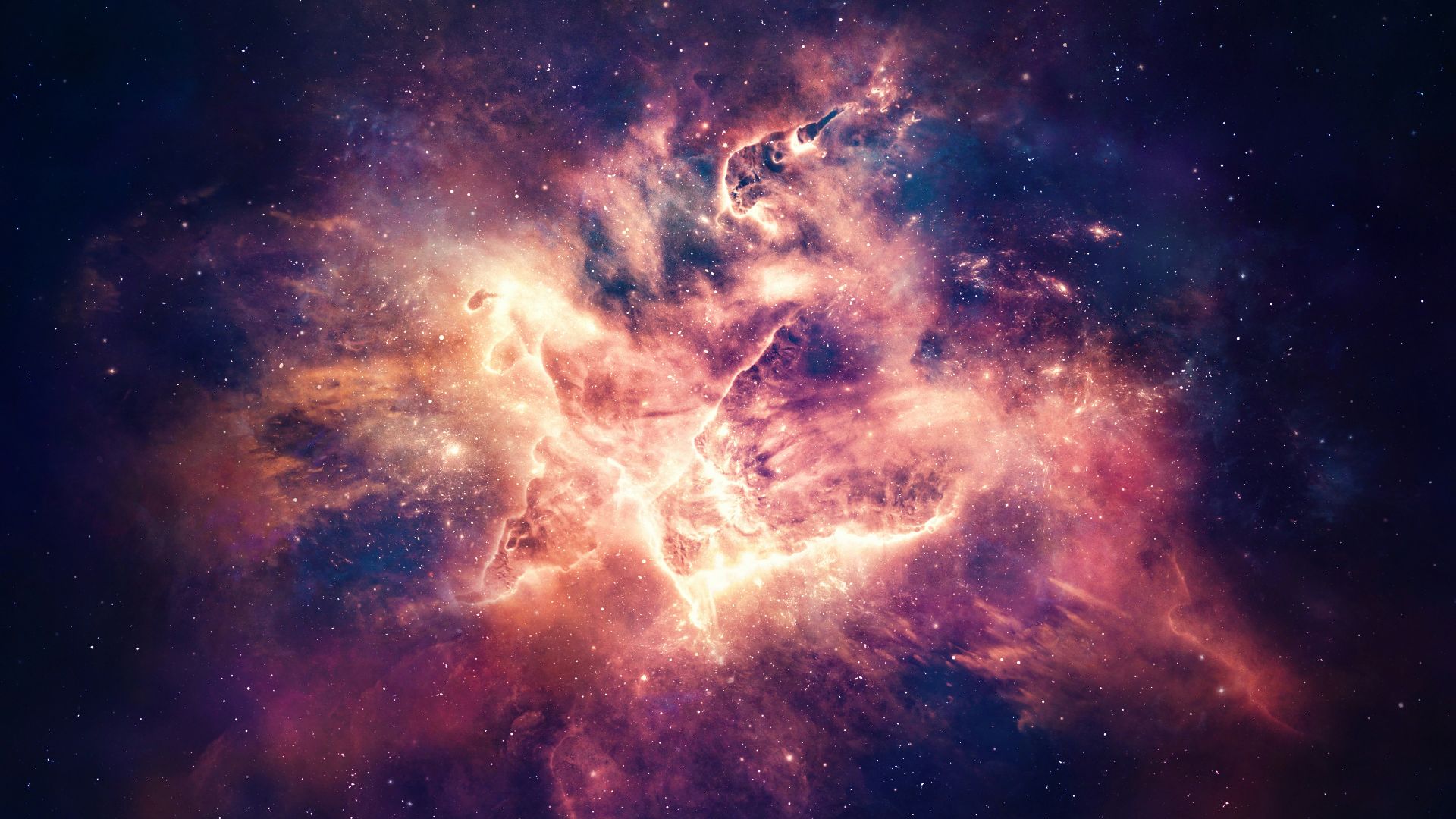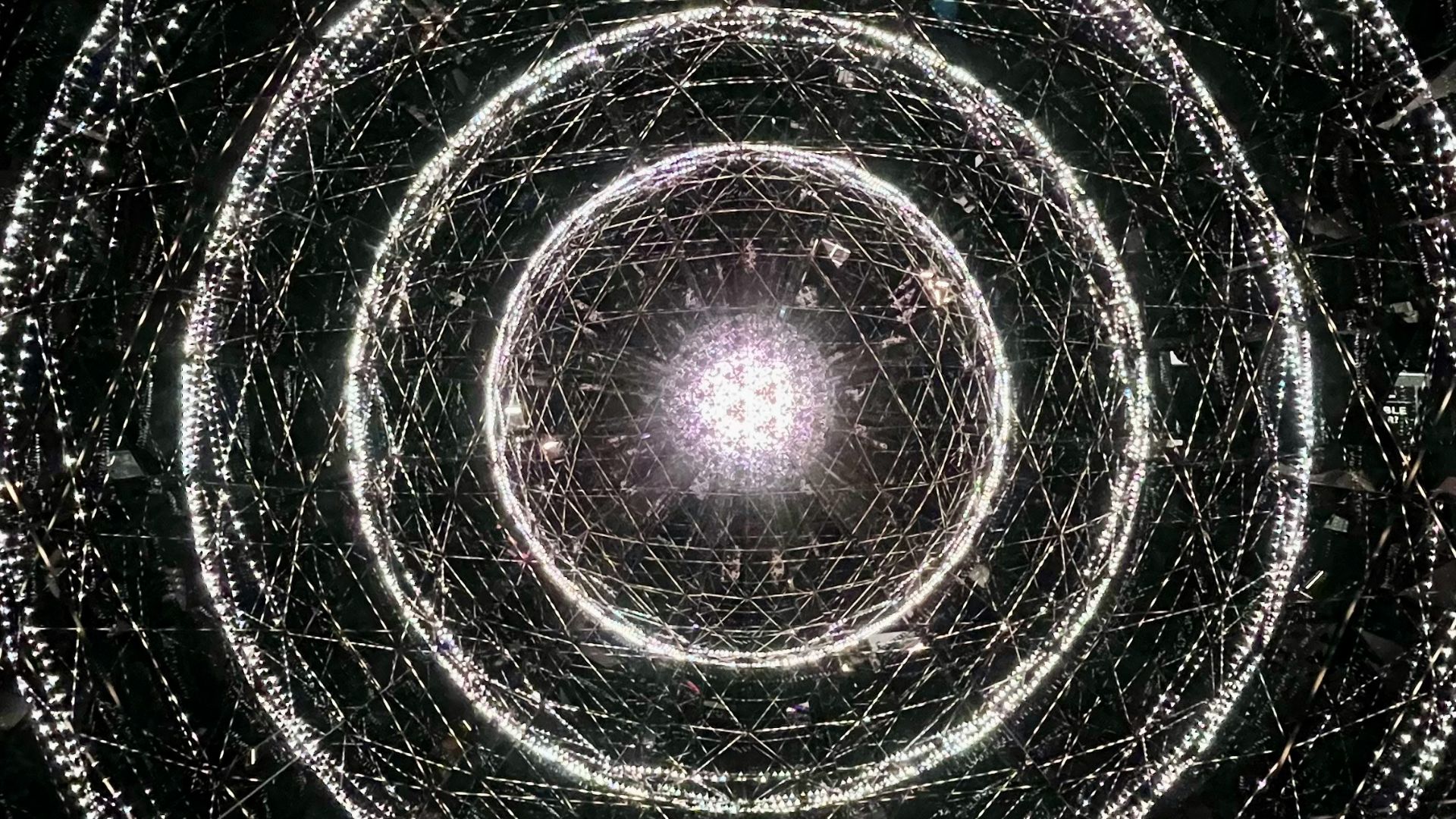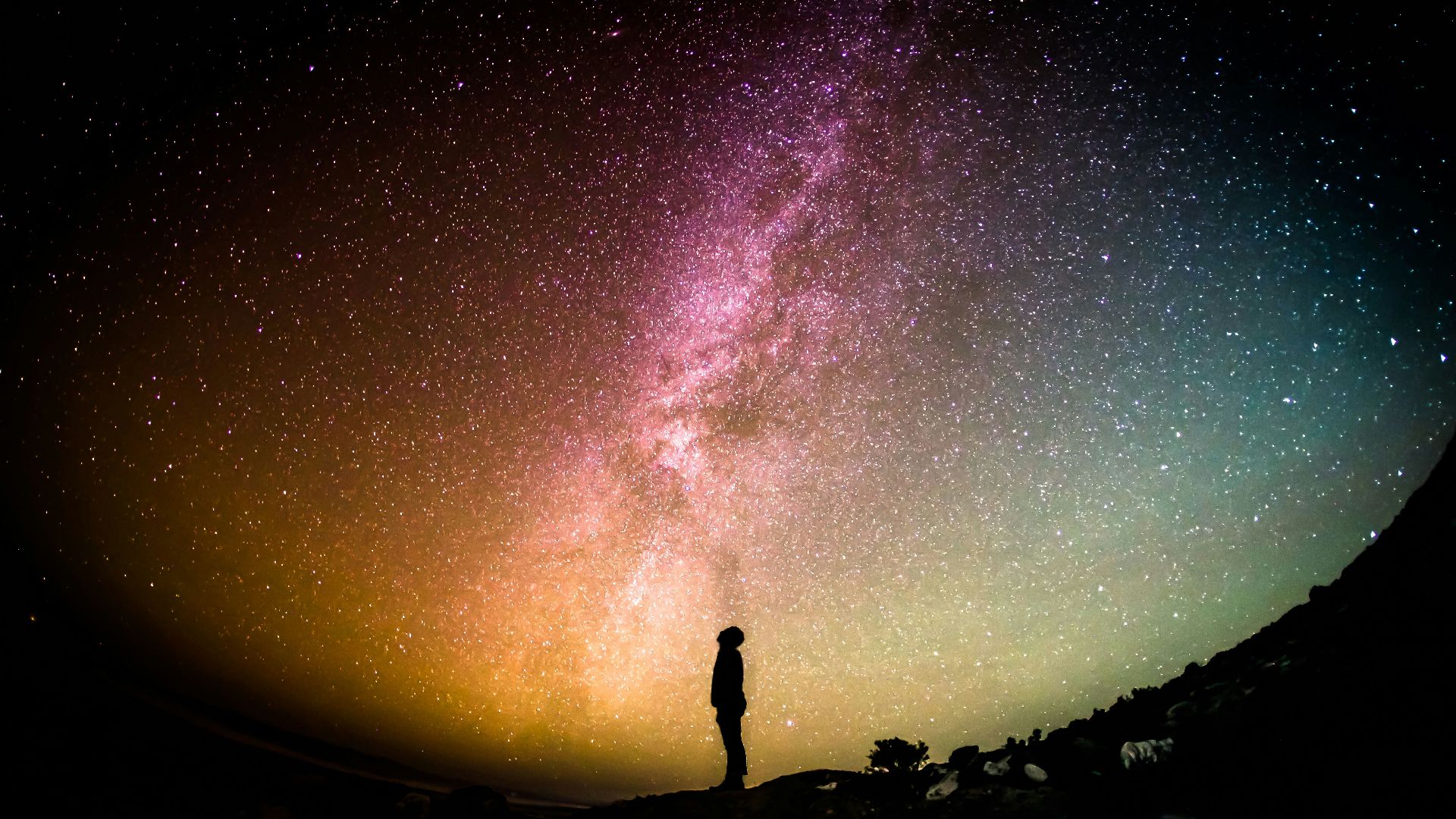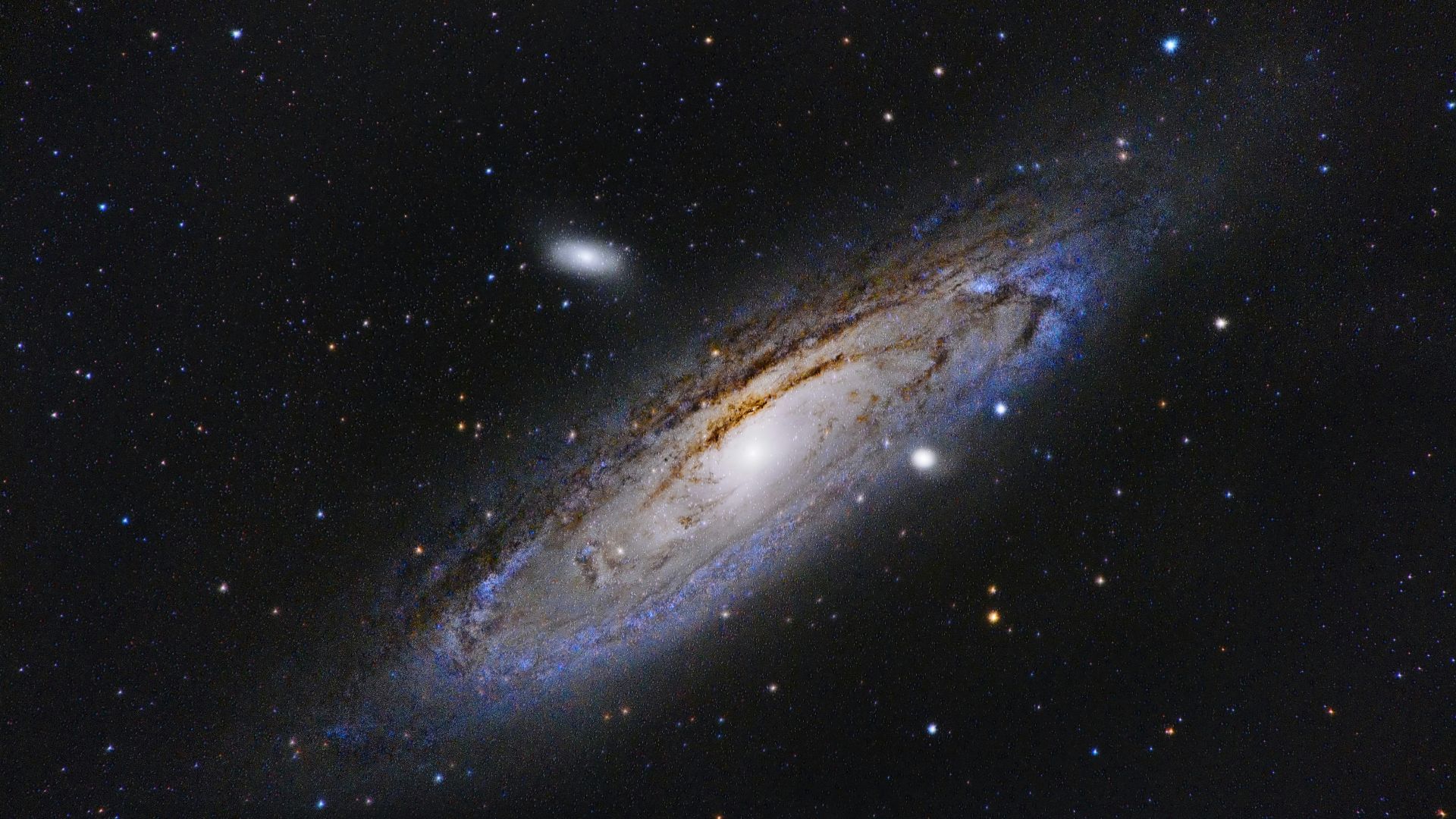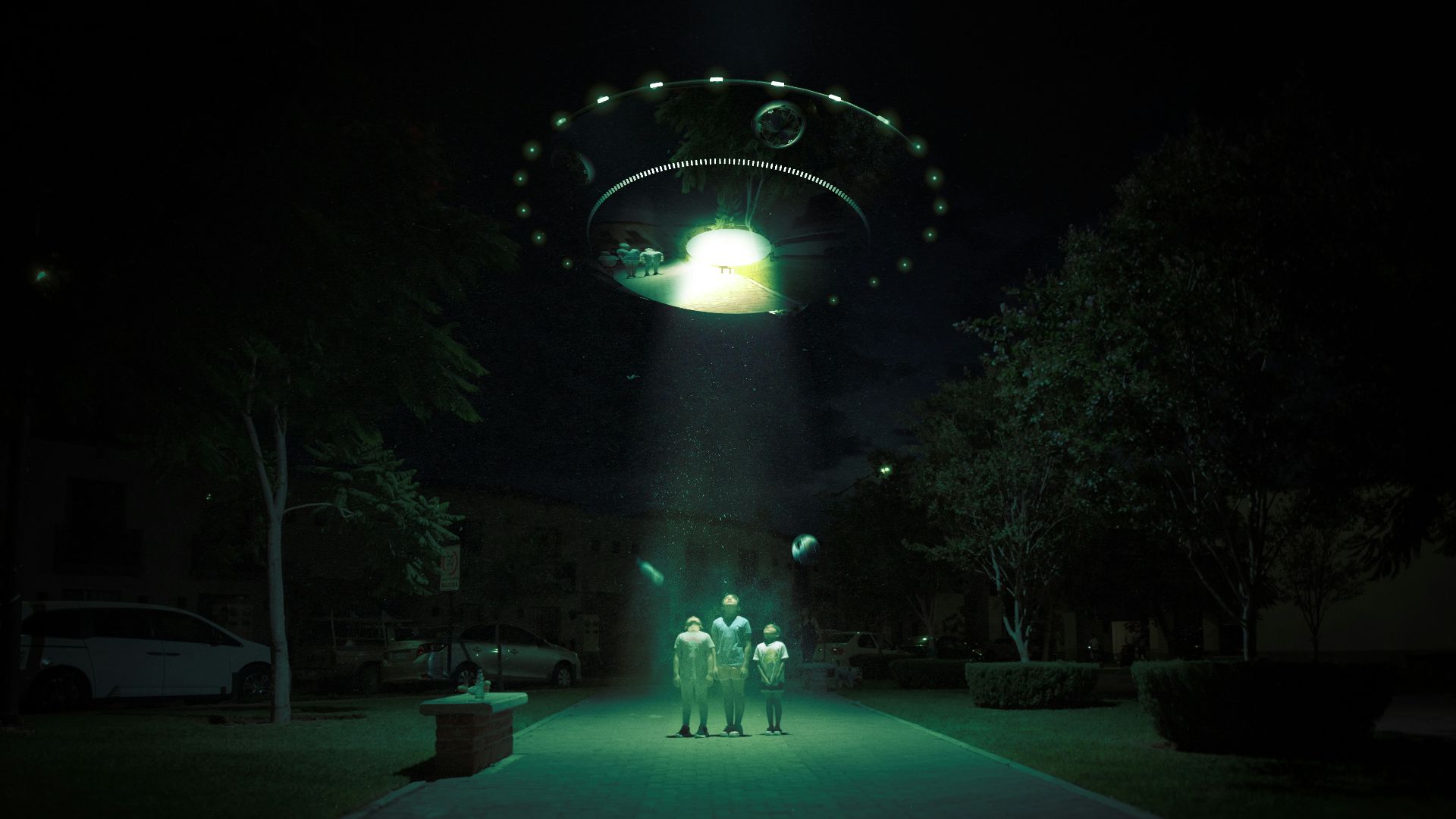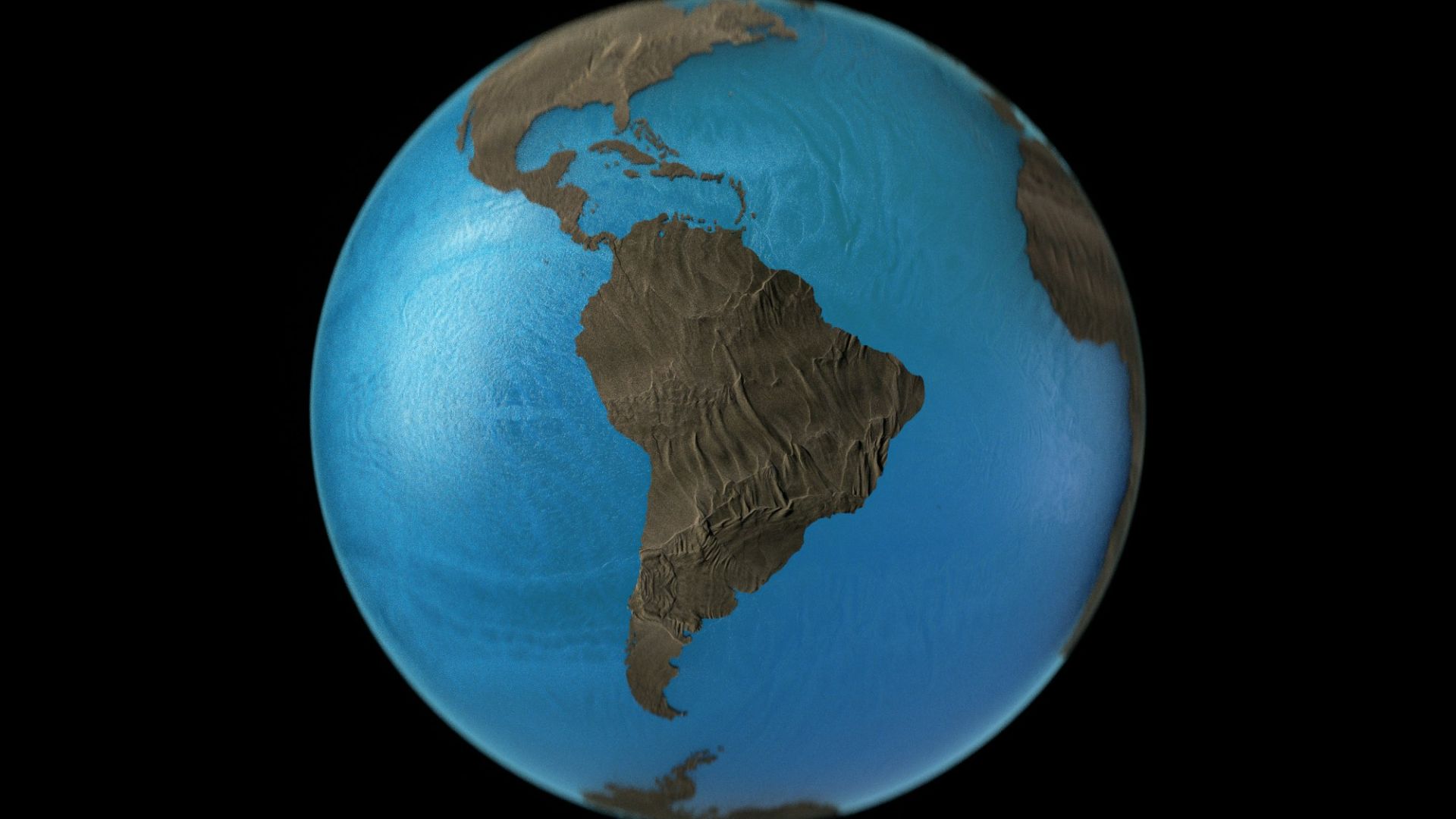It Began With A Bang?
We don’t really know much about our universe, but scientists are constantly trying to unlock its secrets. Here’s what we do know: our universe is 13.8 billion years old, it’s constantly expanding, and we’ve really only seen about 5% of it. While it’s widely accepted that our universe started with the Big Bang, we know as much about what existed before as we do about what happens when we die. That said, it’s always fun to speculate on what, where, and even when we are in this incredibly confounding cosmos.
1. The Holographic Universe
While it’s widely accepted that our universe is three-dimensional, this theory proposes the idea that we’re actually looking at a 2D hologram. Think of it like you’re watching a 3D movie without the special glasses, only instead of a silly animation, it’s the overwhelming vastness of space!
2. Flat-Earth Theories
This scientifically disproven theory dates back to the 6th century BCE and was widely believed among many ancient civilizations. Early Egyptians and Mesopotamians believed that our world was a disk that floated in the ocean, while other cultures interpreted the sky as a solid dome with our familiar system embedded on it.
3. Simulated Universe
Just a Sim playing The Sims (who’s also playing The Sims), this theory suggests that our world is one massive simulated reality. As the theory goes, if a civilization were capable of creating conscious simulations, it could generate countless simulated beings, rendering us as coded constructs of a digital world.
4. White Holes
White holes are hypothetical objects that show up in a few theories. One theory is that black holes are connected to white holes via wormholes, in which white holes are expelling all the matter collected by black holes in another part of the universe. The other theory is that black holes turn into white holes if or when they reach capacity, expelling everything they sucked in.
5. Fire Theory
5th-century followers of Pythagoras believed that an unseen fire powered the motion of our planets. This fire, which was at the “centre of the universe,” and unrelated to our sun, was opposite to the inhabited side of the earth. Of course, this was before the Americas were discovered.
6. The Panspermia Theory
This theory suggests that life does exist throughout the universe, but spreads between planets via space dust or other celestial bodies, similar to that of bacteria or seeds. This theory believes that these microorganisms can survive the harshness of space, landing on planets and either dying off or taking root.
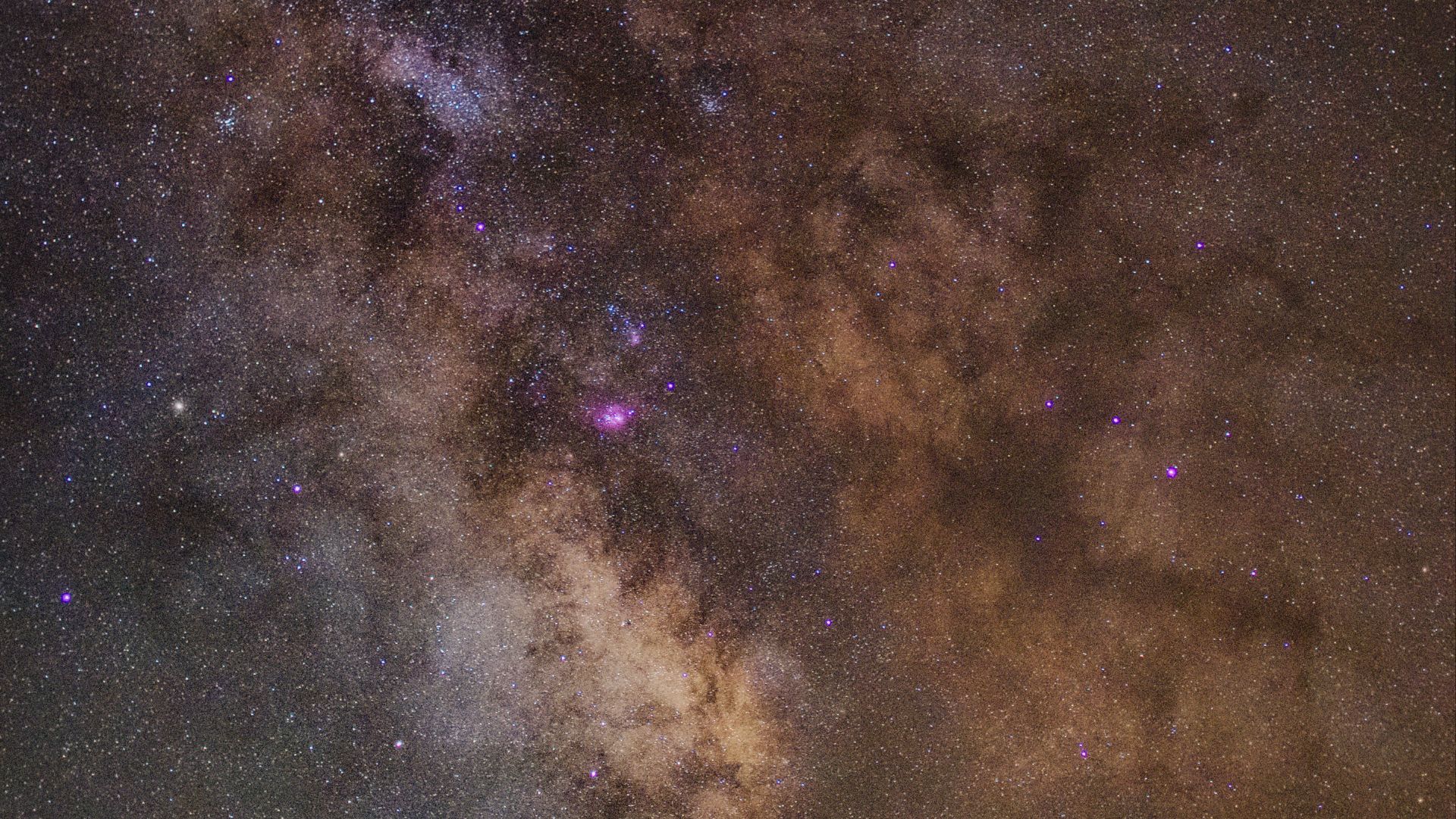 Marc Sendra Martorell on Unsplash
Marc Sendra Martorell on Unsplash
7. The Multiverse
The Multiverse refers to the theory that there are countless other universes out there, but instead of basing the idea of celestial bodies, it’s actually based on us. Every time we make a decision, a new universe is born - the result being an infinite number of universes.
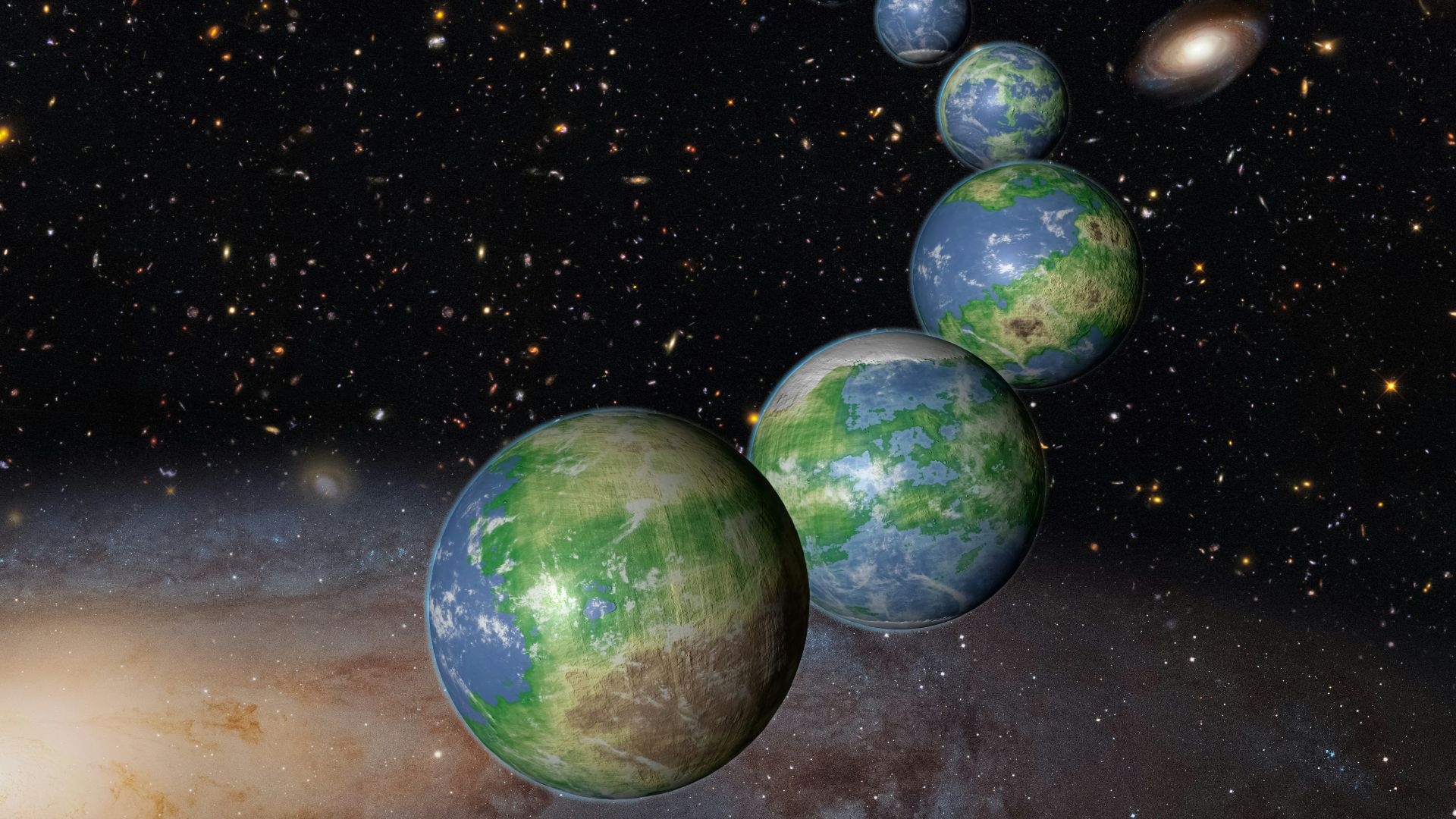 NASA Hubble Space Telescope on Unsplash
NASA Hubble Space Telescope on Unsplash
8. Baby Universes
While many scientists suggest a “bounce” occurs in cyclical universe theories, there are several causes for why this may occur. One such cause is black holes. As we don’t know where anything goes after entering a black hole, it’s believed that the matter absorbed by a black hole “bounces” and forms a universe on the other side - if there is another side.
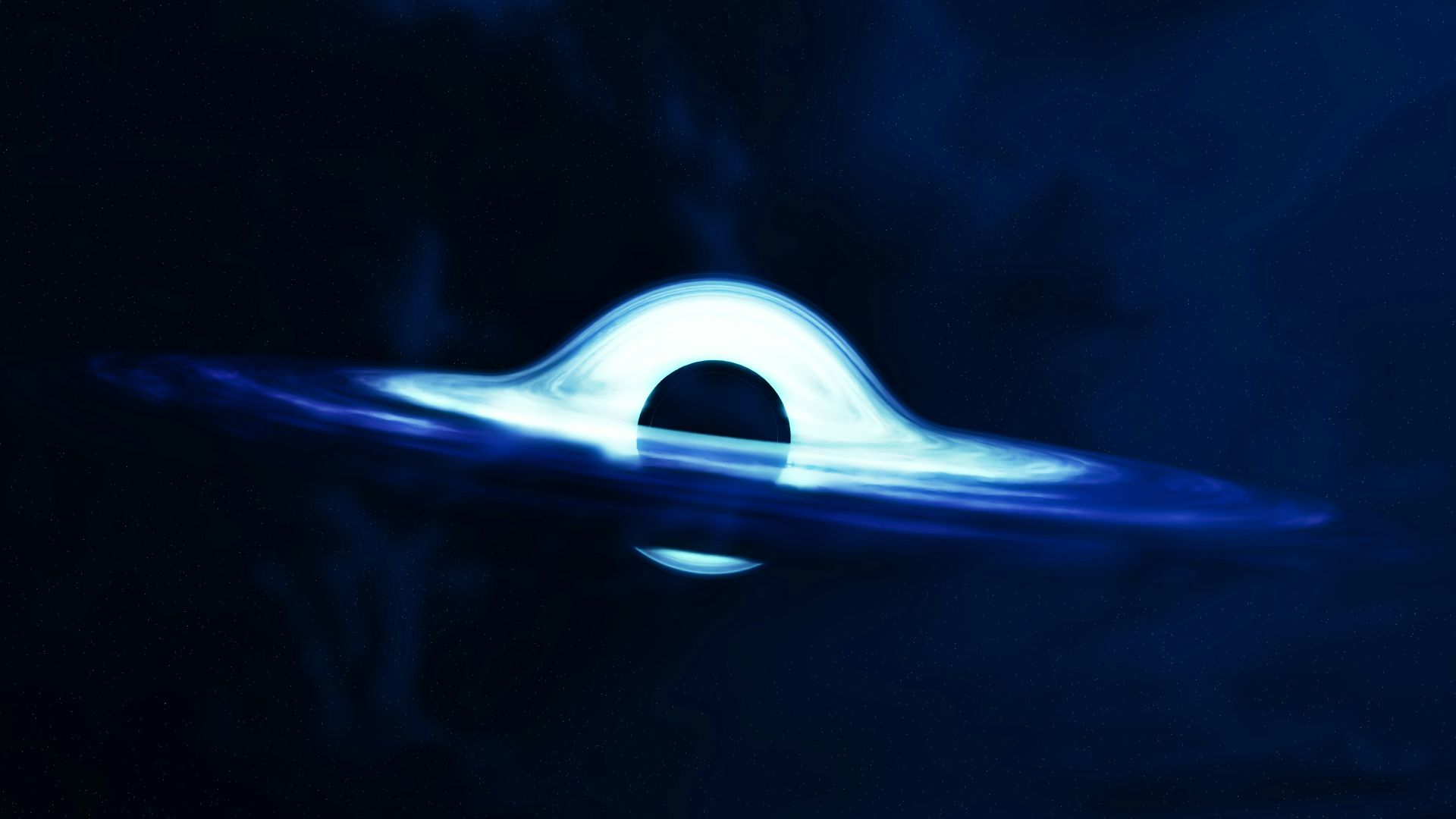 BoliviaInteligente on Unsplash
BoliviaInteligente on Unsplash
9. Plasma Universe
We know that most of the visible matter in the universe is made up of plasma, and is created when a gas gets so hot that its electrons are stripped from the atoms. As the plasma universe theory goes, cosmic currents and electromagnetism combine with plasma to transform energy into matter, ergo, our universe.
10. String Theory
To put it simply: string theory is the idea that everything, everything we know is made up of really tiny strings which vibrate, producing what we see as atoms, electrons, and quarks. This theory is widely disputed in scientific communities, but continues to show up in subject areas such as quantum gravity, black holes, and other areas of mathematics.
 Kier in Sight Archives on Unsplash
Kier in Sight Archives on Unsplash
1. Braneworld
This theory suggests that our universe is a 3+1-dimensional surface, known as a “Brane”. We can observe the visible matter on the 3D plane, but we can’t observe a higher-dimensional spacetime bulk in which the brane exists. The actual creation theory suggests that our brane is the makeup of two other branes (or universes) colliding.
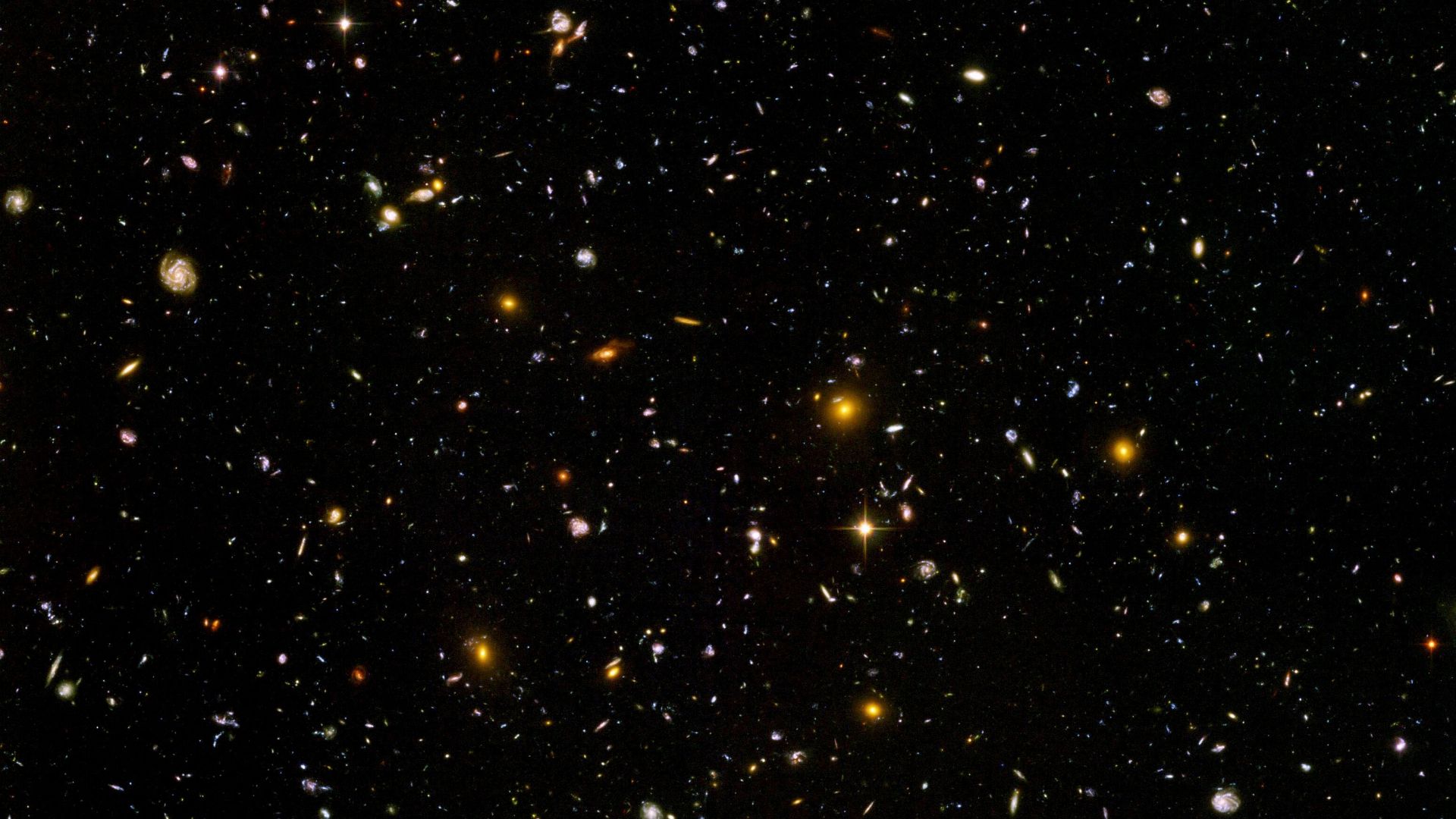 NASA and the European Space Agency. on Wikimedia
NASA and the European Space Agency. on Wikimedia
2. Ekpyrotic Theory
Not a big bang, but a big bounce! This theory works off the Braneworld theory, in which our universe has no definitive start or end, but cycles through periods of expansion and contraction that occur due to Brane collisions.
3. Cyclic Universe
Similar to the Ekpyrotic Theory, this cycle believes that our universe goes through a constant cycle of expansion and contraction, aka the Big Bang and the Big Crunch. While the universe would expand for some time, gravitational attraction would cause everything to collapse back into itself.
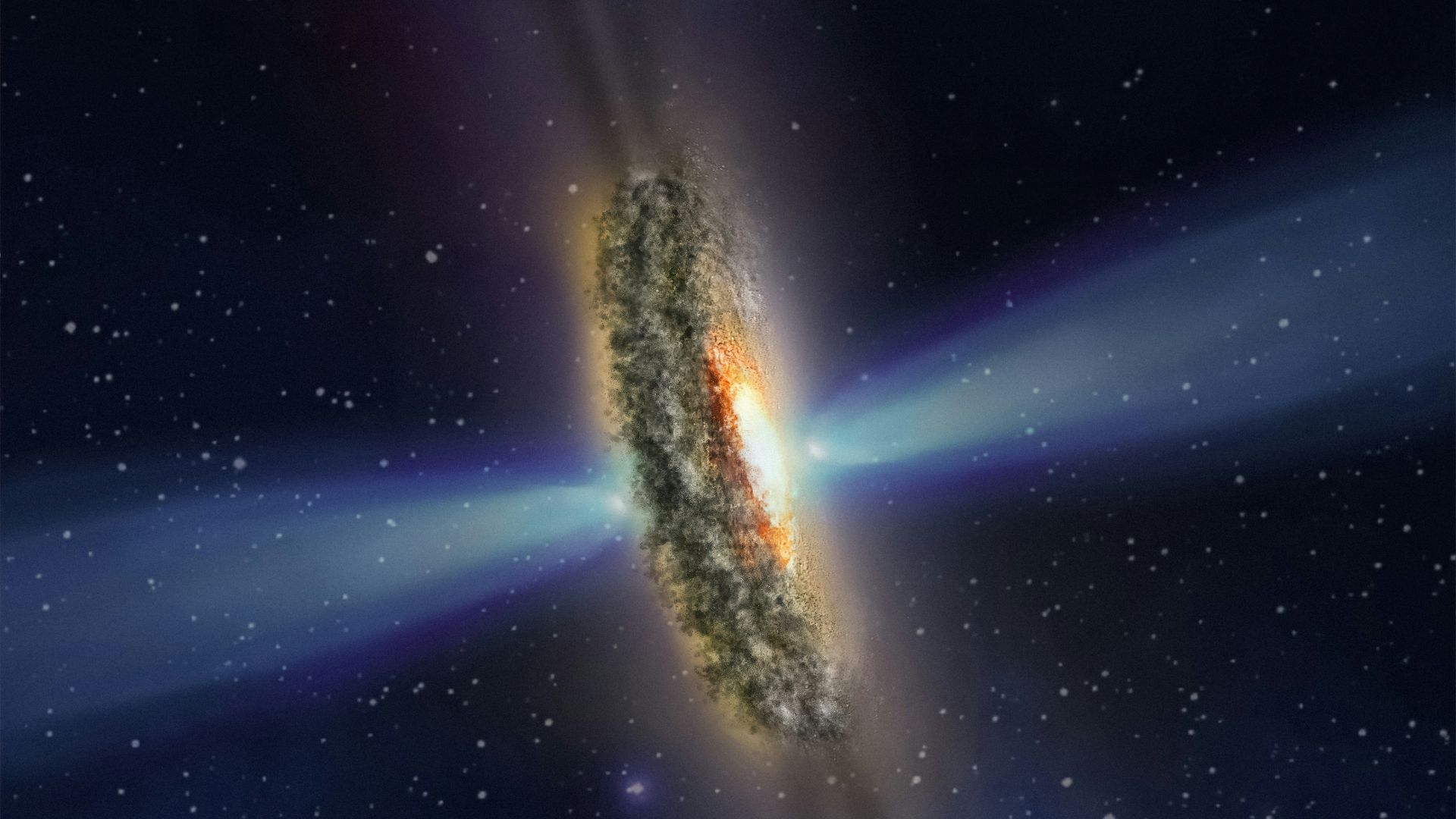 NASA Hubble Space Telescope on Unsplash
NASA Hubble Space Telescope on Unsplash
4. Inflationary Universe
This theory suggests that our universe underwent intense, rapid, and far-reaching expansion less than a minute after the Big Bang. The belief is that gravity, electromagnetism, and strong and weak nuclear forces released large amounts of energy, triggering the rapid expansion.
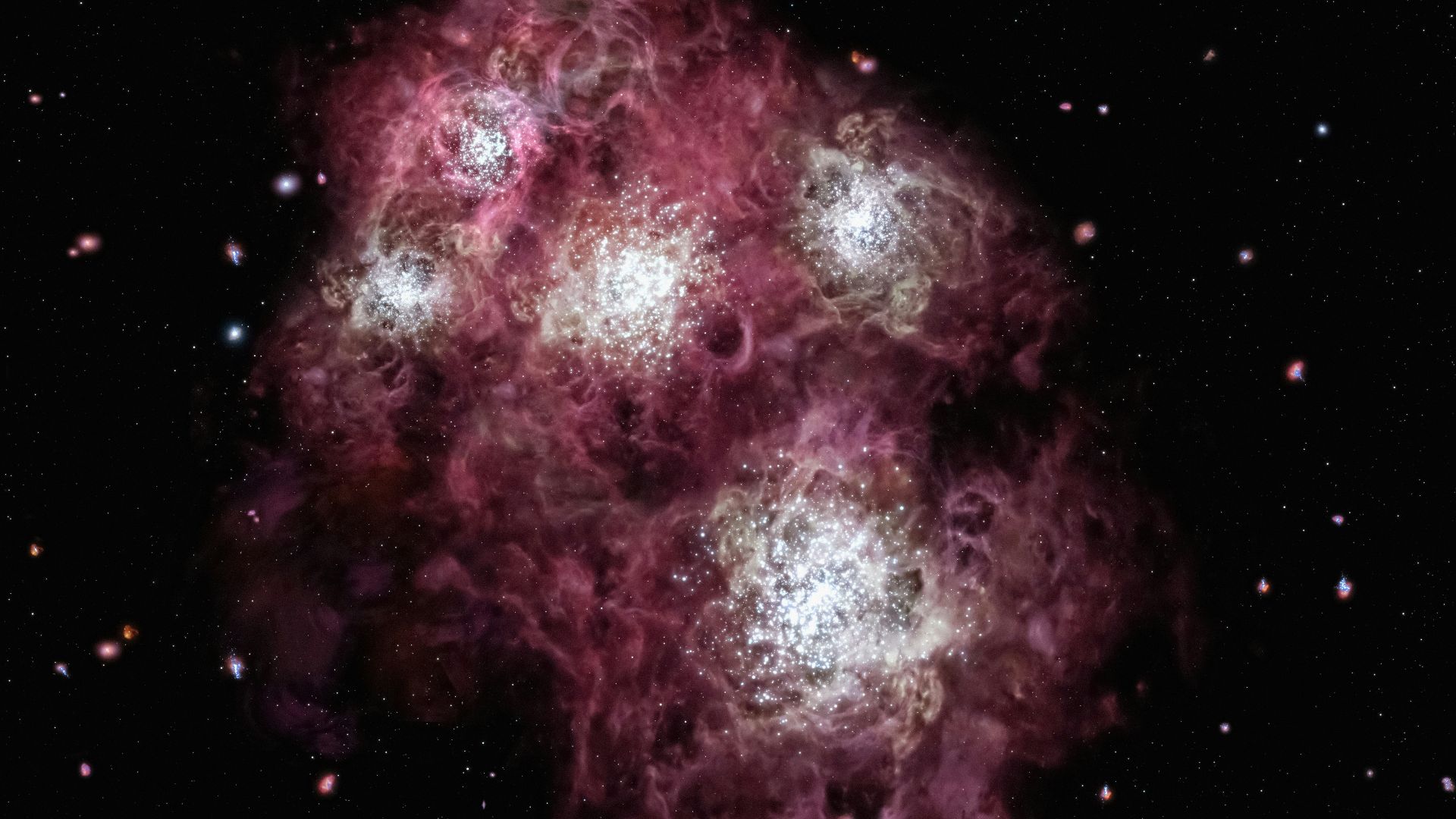 NASA Hubble Space Telescope on Unsplash
NASA Hubble Space Telescope on Unsplash
5. Goldilocks Universe
This one’s just right! This theory, related to the anthropic principle, believes that there’s a region in space in which habitable life is possible, like us, for instance. This theory applies to the distance between a planet and its star that can allow for liquid water, livable temperatures, and little to no gravitational or radiation disruptions from other celestial bodies.
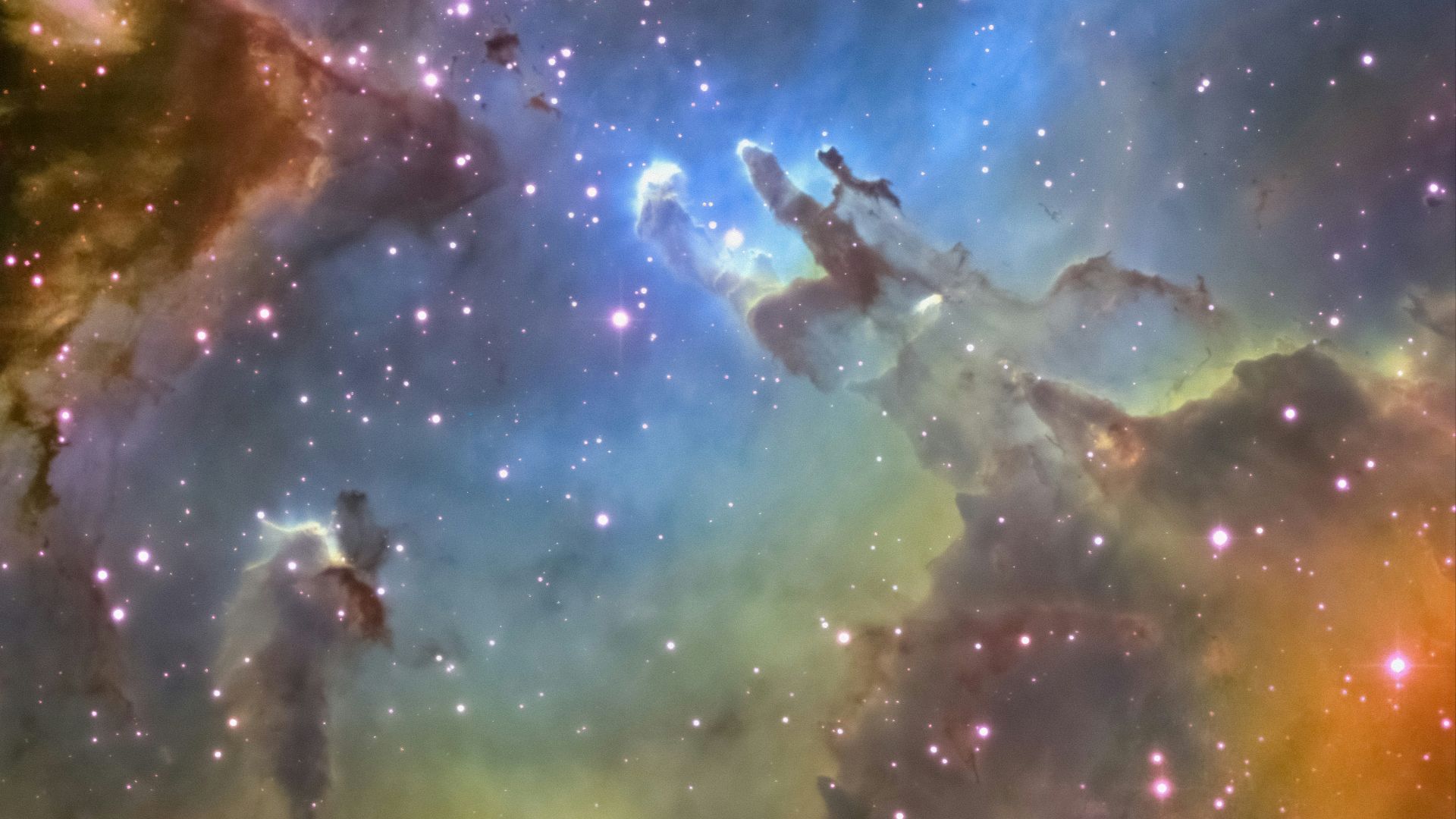 NASA Hubble Space Telescope on Unsplash
NASA Hubble Space Telescope on Unsplash
6. The Anthropic Principle
This principle ponders the question of why our universe is just right for life to exist. It suggests that because we’re here, the universe has the preexisting conditions to create intelligent life, and therefore is the only type of universe that exists.
7. Steady State Universe
This theory proposes the idea that yes, the universe is expanding, and it doesn’t plan to stop. It suggests that our universe has no beginning or end, but is constantly creating new matter to maintain a certain density and appearance.
8. The Fermi Paradox
This paradox examines the large discrepancy between the vastness of our universe and the lack of evidence of extra-terrestrial lifeforms. It suggests that intelligent extraterrestrial beings are quite rare, either having lived and died a long time ago, or are at a similar step to us in our space exploration. Or they’ve come and gone already, but that’s a whole other can of worms.
9. The Geocentric Model
This ancient universe model didn’t quite get it right, but it is the precursor to what we know today. While this model puts our Earth at the centre of the universe, its basic use of an ellipse was the foundation for Ptolemy’s model, which was used to take accurate astrological readings for over a millennium.
10. Theory Of Atoms
While the theory of atoms is widely attributed to John Dalton, atoms were actually first theorized in the 5th and 4th centuries BCE by Leucippus and Democritus. These two developed a theory that the world is made up of either atoms or consists of nothing at all. While they don’t come close to modern atomic theory, his work is widely attributed to the study.


